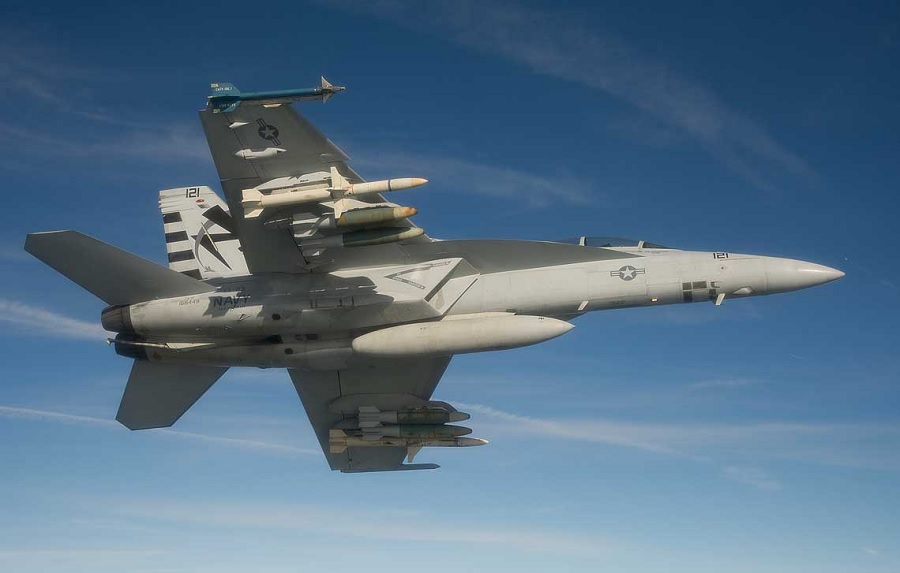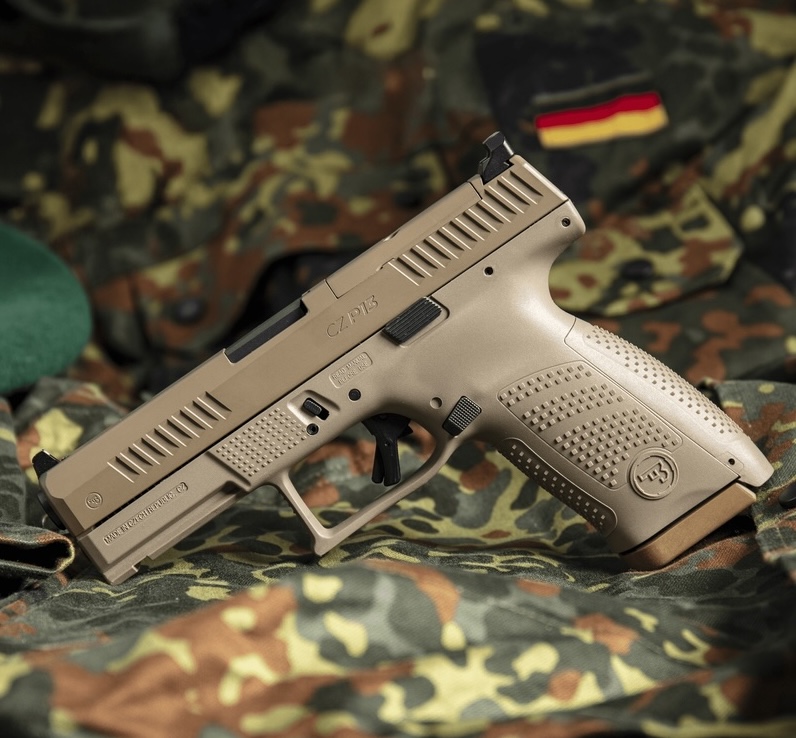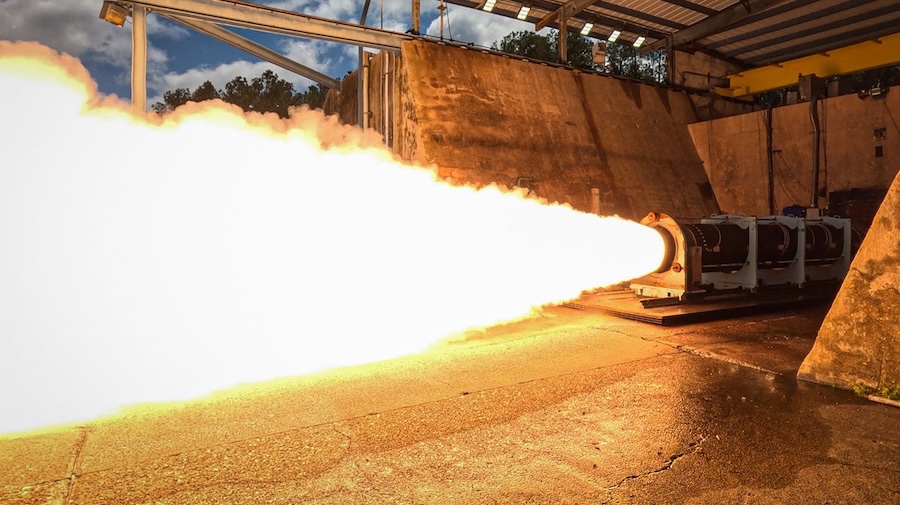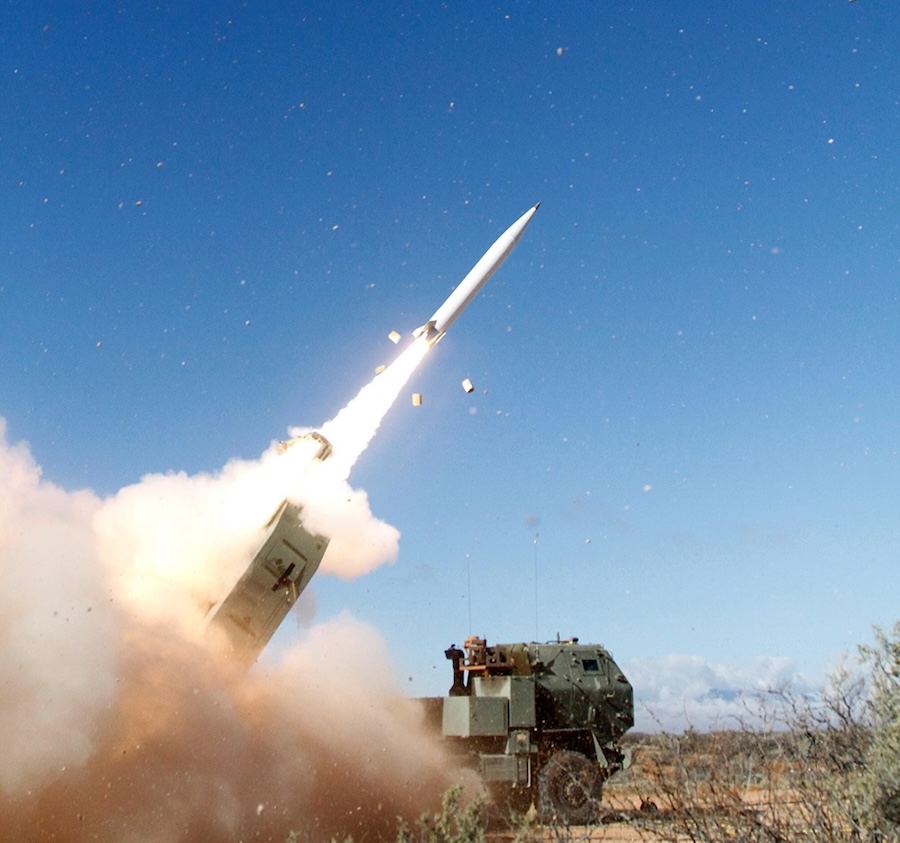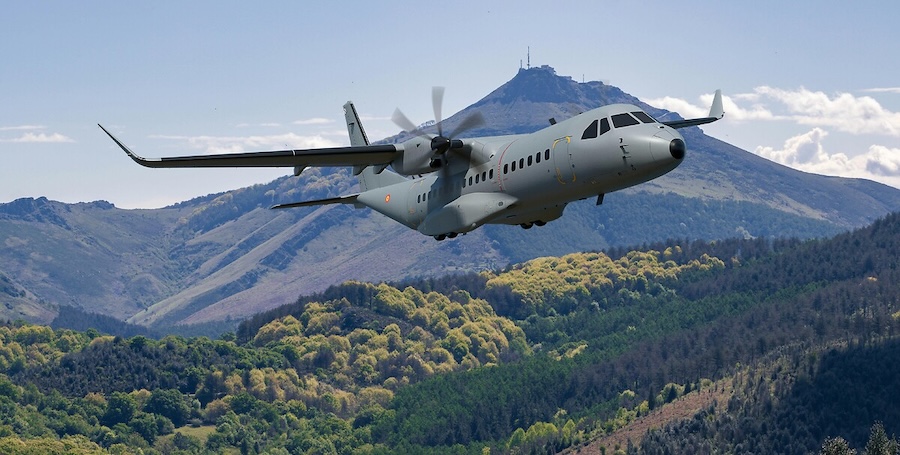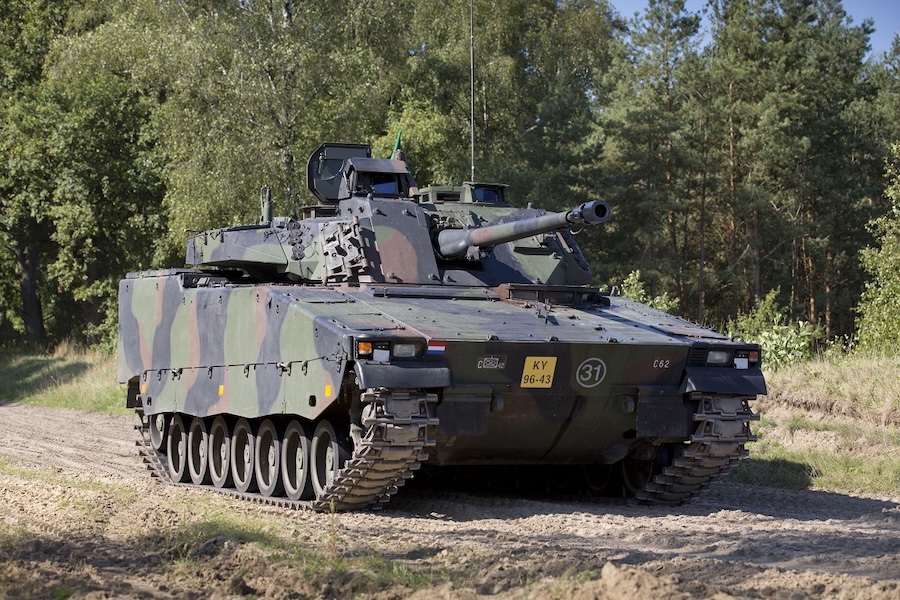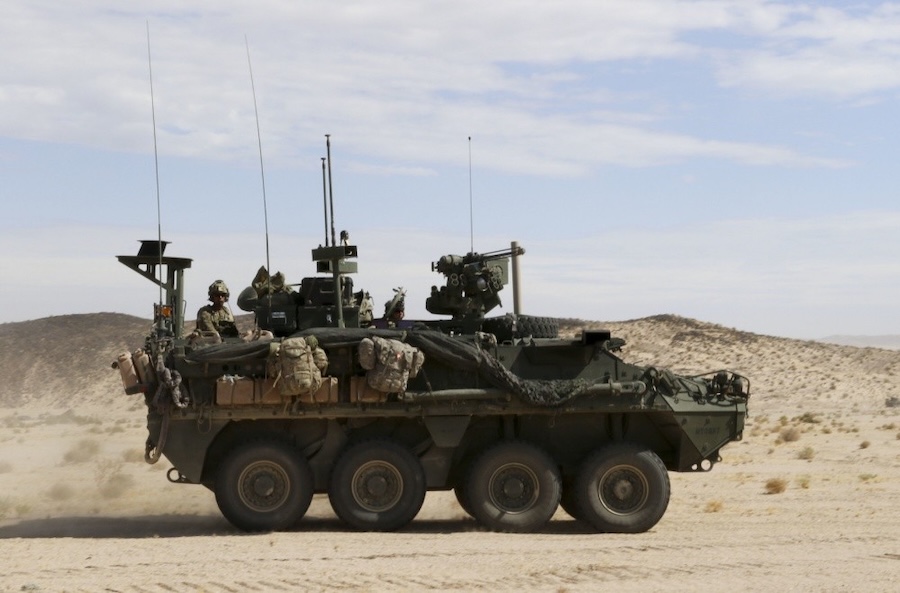The absence of jamming pods on the aircraft suggests they were tasked with direct suppression of enemy radar installations. This operational setup indicates a targeted mission profile focused on neutralising air defence systems rather than broader electronic warfare operations.
USS Harry S. Truman (CVN 75) continues 24/7 operations against the Iran-backed Houthis #HouthisAreTerrorists pic.twitter.com/6FcZHKG4HY
— U.S. Central Command (@CENTCOM) April 21, 2025
The use of AGM-88E AARGM missiles is not unexpected, as the weapon officially saw its combat debut in June 2024. During that engagement, an E/A-18G Growler destroyed a Houthi-operated Mi-24 attack helicopter over Yemen using the missile.
Carrying four AARGM missiles simultaneously may reflect a command-level decision to intensify efforts in disabling Houthi air defences. Despite the United States’ air superiority, Houthi forces are reported to have successfully downed at least twelve MQ-9A Reaper combat drones.
Beyond targeting radar stations, the AGM-88E AARGM is capable of engaging other surface threats due to its advanced multi-mode guidance system. This technology enables the missile to autonomously select the most significant threat within its range, drawing from an internal threat database.
According to official data from the manufacturer, over 1,500 units of the AGM-88E AARGM have been delivered to date. In addition to the US Navy, export customers include Australia, Italy, and the Federal Republic of Germany.
Despite longstanding integration plans, the missile remains operationally deployed only on the Boeing F/A-18E/F Super Hornet, Boeing E/A-18G Growler, and Panavia Tornado ECR aircraft. The exact number of missiles expended in combat since June 2024 has not been publicly disclosed.


